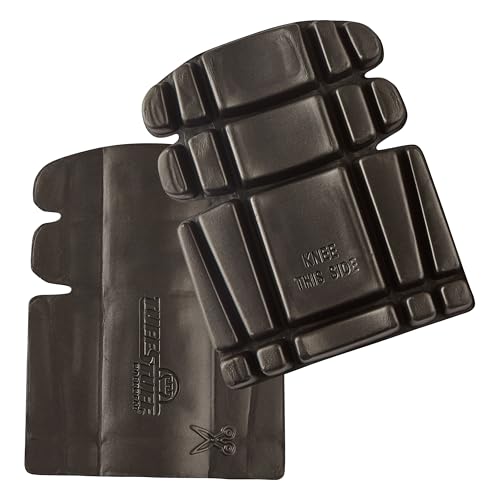Understanding Knee Bursitis
Knee bursitis is a common condition that affects many people. It occurs when the bursae, small fluid-filled sacs that reduce friction in the joints, become inflamed. The most common symptom of knee bursitis is pain and swelling around the kneecap.
The Role of Knee Pads in Knee Bursitis
Knee pads are protective gear worn over the knee to prevent injury. They are commonly used by athletes in contact sports such as basketball and football. Knee pads work by absorbing the impact of hits to the knee during play.
While knee pads are not designed to treat knee bursitis, they can help prevent further injuries and provide support to the knee joint. Knee pads can also help alleviate some of the pain caused by knee bursitis by providing a cushion between the inflamed bursae and the external environment.
Other Treatment Options for Knee Bursitis
While knee pads can provide some relief for knee bursitis, they are often not sufficient as standalone treatment. Other treatment options include rest, ice, compression, and elevation (RICE). In some cases, anti-inflammatory medications and physical therapy may also be necessary.
If the bursitis is caused by an infection, antibiotics may be prescribed. In severe cases, aspiration, or draining of the inflamed bursa may be necessary. Surgery is very rarely needed to treat knee bursitis.
In conclusion, knee pads can help with knee bursitis by providing support and cushioning to the knee joint. However, they are not designed to treat the condition alone and should be used in conjunction with other treatment options. If you are experiencing knee pain or swelling, it is important to consult with your doctor to determine the underlying cause and the appropriate course of treatment.






